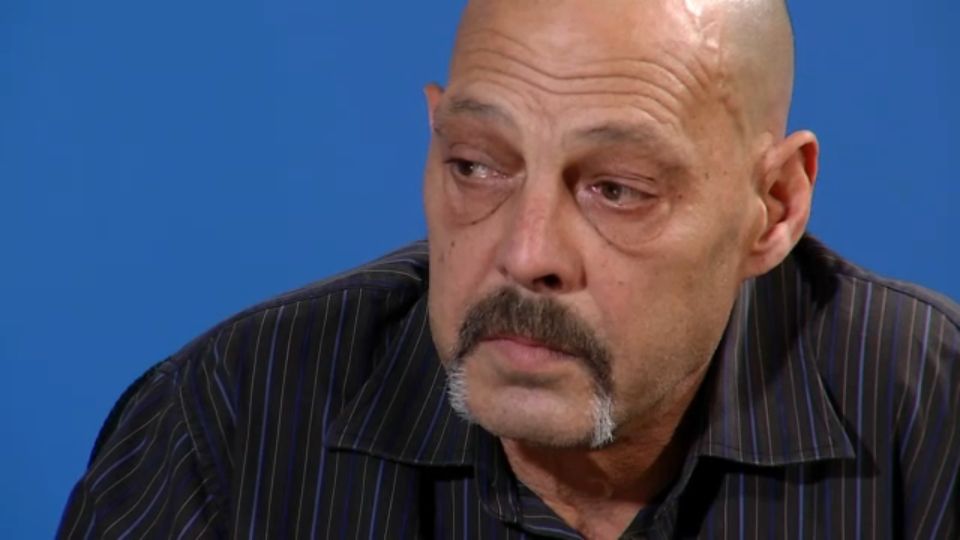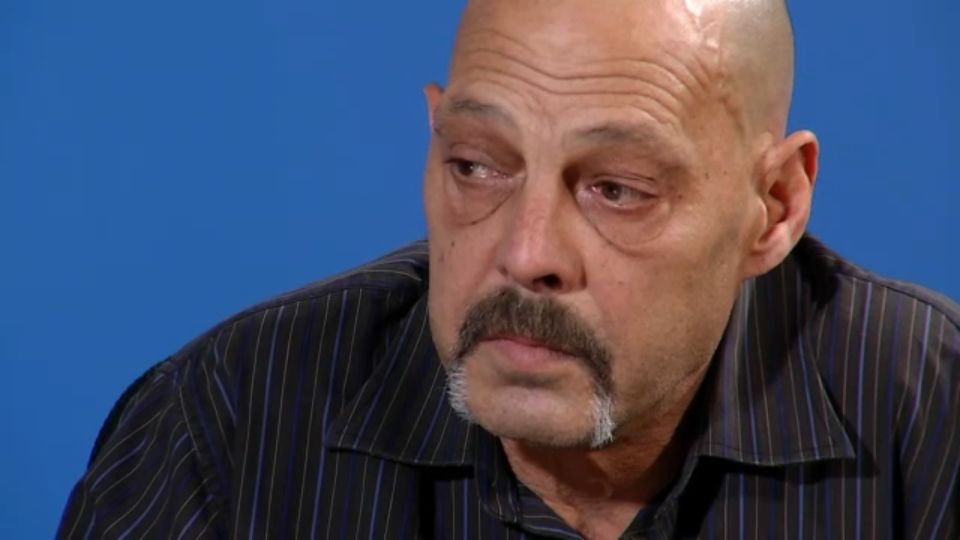Navigating The System: Buffalo’s Diversion Courts

David Pfister’s hands are rough and worn. They help build houses and hold the door open for his wife, Patti. They also make hundreds of pierogi for his family.
“All weekend long, I made pierogies for the holidays — 419 of them, I do it every year,” he said.
He’s particularly proud of the breakfast pierogi this year. But Pfister’s son won’t be at the dinner table this holiday season — instead, there’s a warrant out for his arrest.
His son has battled his addiction for over a decade, something Pfister found out at that same dinner table.
"He sat me down in the dining room and said, ‘I got something to tell you,’" Pfister said. “ He said, ‘Dad, I gotta tell you I've been buying heroin and cutting it in half, mixing it with baby powder or whatever, selling the other half of it and using the [other] half.’”
Since that moment, Pfister’s son has been cycling in and out of treatment facilities by court order.
“They ship them down to the drug court in Buffalo,” he said. “He'll sit in jail for a week or two until they find him a bed. They call it bed to bed, take them from jail, take them right to the rehab."
Erie County is home to the bulk of mental health and substance use services in Western New York. Those services aren’t enough for approximately 1.6 million people who live in the region’s eight counties, leaving more people, like Pfister’s son, to getting care behind bars.
It’s an environment that fosters some of the nation’s most innovative approaches to find solutions — including in the courts.
"Buffalo City Court, I think, kind of has like we call it a secret sauce," said Judge Craig Hannah, chief judge of Buffalo City Court. "Most of our clients are dual diagnoses. So they may be using an opioid or some type of substance to self-medicate, but it's heightened some latent trauma that untreated. So our job is to get down to the root cause of it."
Drug Court, which was started shortly after the first one formed in Miami-Dade County in Florida in 1989, is one of Buffalo’s many diversion courts, all aiming to help treat the underlying issues like mental health or substance use.
Two diversion courts within Buffalo City Court — the Veterans Treatment Court and the Opioid Court — were the first in the nation and are used as models across the country.
Judge Robert Russell started Buffalo’s Veterans Treatment Court in January 2008, stemming from an individual who was placed in the city’s Mental Health Court.
"The person stood in front of me, had a slouch or slumped posture, his head was downcast and he did not make eye contact," Russell said. "I began with that I was glad to see he was keeping his appointments because we know on this journey, the first thing that we all expect is to at least show up and try."
Russell noticed a change in that person after a conversation with fellow veterans at the Buffalo City Court.
"Now he stood in front of me at parade rest... a stance that is unique to military coaching," he said. "His head is raised, he's making direct eye contact, and he's standing in this posture that is unique to the culture of the military and the person indicated to me when I asked me at the end and comments he wanted to make that he was going to try much harder."
In the past 11 years, Veteran Treatment Courts have expanded to 461 courts nationally, according to a 2017 VA review.
Earlier this year, the U.S. House of Representatives passed the Veteran Treatment Court Coordination Act of 2019 and was referred to the Committee on the Judiciary by the Senate.
But the courts can only do so much.
If the facility lets a patient go before the finish, that facility notifies the courts who typically issue a warrant for that person's arrest within 24 hours, according to Russell. It then falls on the arresting police department to find the patient.
This process left Pfister’s son to live on the streets or in abandoned houses several times before being re-arrested.
"I’d rather see him in jail right now," Pfister said. "He'd be fed every day. He'd have a place to sleep and be warm. Right now he's walking the streets, living in abandoned houses. [He’ll] grab a side job helping a guy paint, he'll spend a night in that house. He's admitted [to] eating out of dumpsters."
In November, his son was kicked out of a treatment facility in Pennsylvania.
"They put him on a bus, set him back to Buffalo,” he said. “I would think they'd have the Buffalo Police waiting at the bus station for him because he was mandated by a judge but no."
Underneath Pfister’s frustration at the system is the fear of losing his son. He keeps Naloxone at his house just in case.
"If he is released from a mandated program and they don't collar him right away, there's a chance that he could get a bad dose," Pfister said. "If it's in the middle of the night, we're not near him [and] we don't know [if] that knock on the door in the morning could be the final knock from the police."
Diversion courts are effective, but not for everyone and not always on the first, second or third try.
"In my opinion, in treatment court, you increase considerably retention rates with regards to people in the treatment-related program, because they know that there are potential consequences for failure to comply," Russell said.
The effectiveness of diversion courts in reducing crime varies. Some reports cite the reduction at an average of 8 to 26 percentage points.
Both Russell and Hannah recognize that the diversion courts aren’t a silver bullet, but a tool to better equip the criminal justice system in meeting the needs of a growing number of people with mental health and substance use conditions finding themselves involved with the law.
"You have to take chances on people, you gotta give them second, fourth, third, fourth, fifth, seventh, eighth, ninth, tenth chances,” Hannah said. "There's no perfect process. And there's no perfect person. And we just have to change their process to meet the person."
There’s been a shift in how the courts deal with people struggling with substance use and mental health conditions.
It’s gone from ignoring these issues to wanting to help these people be a part of the community, something Pfister also wants for his son.
"I want to see him use his knowledge in contracting to become somebody that he should be — to become a business owner, have a family, have a life. Invite me and the wife over for Thanksgiving so we don't have to cook," Pfister said. "God bless the families that are going through it also like us."
Possible Solutions:
Advocate for improve partnerships between the courts with local law enforcement to pick up people court mandated at treatment centers, like the National Drug Court Institute suggests South Carolina, Oklahoma, New Mexico and Indiana all give hours for law enforcement to go through this training.
 Pathways Drug Rehabilitation Luxury Addiction Treatment & Detox Center
Pathways Drug Rehabilitation Luxury Addiction Treatment & Detox Center



